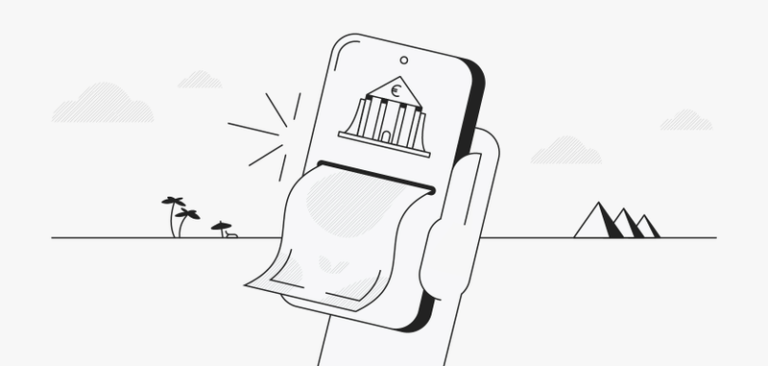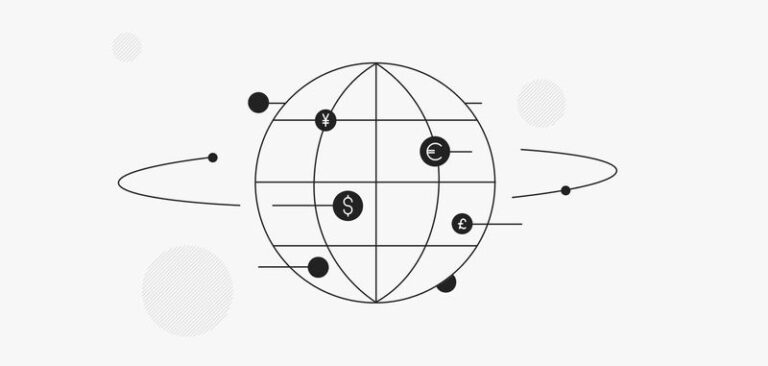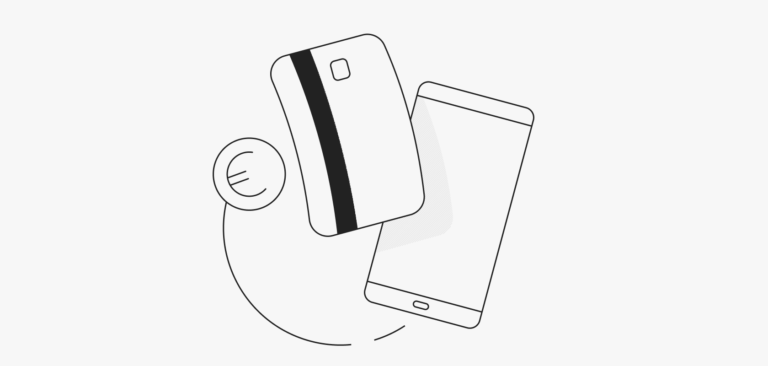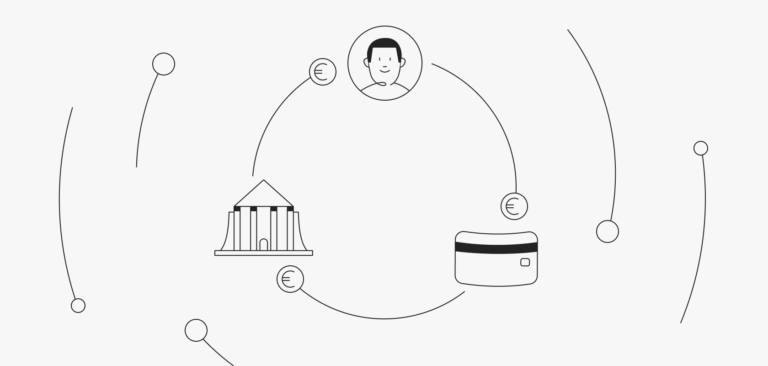What You Need to Know When Using a Foreign ATM
If you’re traveling abroad, you’ll likely make use of a foreign ATM to withdraw cash. But withdrawing money from a foreign ATM isn’t as easy as it is at home. There are hidden fees to watch out for, the potential to have your card canceled, and other important factors to consider.
Before you head on your next trip, here’s what you need to know when using a foreign ATM, including how to minimize different transaction fees and withdraw money safely.
Use trusted ATM providers when you can
Most countries have two types of ATMs: those from major banks and those from independent providers. While your personal bank may not have an ATM abroad, they’re likely to be affiliated with other major banks. Try to use these ATMs where possible and avoid independent ATM operators where you can.
There are several reasons why you want to do this:
- Independent non-bank ATMs tend to charge high withdrawal fees
- Their foreign transaction fees are also likely to be much higher
- If something goes wrong, like the ATM eating your card, it can be harder to get help from non-bank ATM providers.
So, even if you might see independent ATMs everywhere, and one might be right next to your hotel, it’s worth walking a few extra steps to use an ATM from a recognized provider where you can.
Always choose the local currency of where you are
When you withdraw from a foreign ATM, you’re usually given two options: to be charged with your home currency or the local currency of the country you’re in. If you choose to be charged in your home currency, the ATM will use a process called Dynamic Currency Conversion (DCC), also known as Cardholder Preferred Currency (CPC).
If you choose this option, you’ll be shown how much the withdrawal will cost you in your home currency. This might be appealing as it shows you exactly how much you’re withdrawing, but don’t fall for it! Why? Because it means the ATM provider is choosing their own exchange rate. They’ll usually use a bad exchange rate that can be up to 4-8% higher than the real mid-market rate.
Instead, if you choose to be charged with the local currency of where you are, the card issuer will be the one setting the exchange rate (e.g. Mastercard or Visa). Usually, this results in a more competitive rate and a better outcome for you.
So, always select the local currency of where you are. Let’s do a quick revision:
- If you’re in the UK, choose GBP.
- If you’re in a Eurozone, choose EURO.
- If you’re in the USA, choose USD.
- If you’re in Poland, choose PLN.
Always decline the ‘conversion offer’, no matter how appealing the ATM makes it sound for you!
Let your bank know you’re traveling
Paying extra fees is bad, but what’s worse is having your card canceled while overseas. If you plan to use your usual bank card while traveling, it’s important you let your banking provider know beforehand. Otherwise, they might see your card being used in a foreign country and consider the transaction to be fraudulent or suspicious. To protect you, your card may be canceled or blocked.
To prevent unnecessary stress on your holiday, take the time to contact your bank before leaving and give them a list of countries you’ll be traveling to. Even if it’s just a short layover somewhere, it’s worth communicating to your bank where you’ll be and for how long. Some banks let you do this through a mobile app, so it’s super easy and takes only a few minutes to prevent what could be a disastrous outcome while traveling.
Withdraw less frequently
It might seem like a good idea to withdraw small amounts of cash at a time to avoid carrying lots of money around with you. In some ways, this is a good idea, but it can also add up to paying a lot of transaction fees over time. Most traditional banks charge foreign transaction fees unless you have a premium account or international credit card. These foreign ATM fees are usually much higher than any ATM fee you’ll be paying at home.
The trick here is to withdraw money as infrequently as possible while avoiding carrying too much cash at once. You can find a good balance that works for you depending on where you are and how long you’re traveling. If you’re traveling for 3 days, for example, you can withdraw money once. If it’s for two weeks, you can withdraw once or twice a week.
A good rule of thumb when traveling with a friend or partner is for one of you to withdraw cash at a time and share the cash between you. The next time, the other person can withdraw the money and cop the ATM foreign transaction fee.
Avoid using ATMs in dodgy areas
This might sound like we’re being overly cautious, but it’s always best to err on the safe side when traveling – and ATMs are no exception. Whenever possible, try to use ATMs in public, open locations and avoid withdrawing cash in a dark or secluded area. Before you approach the ATM, have a quick look around you. If you notice someone suspicious, it may be worth going somewhere else. You can never be too careful.
Skimming is also an issue in some countries. This is when people install fake devices into an ATM card reader. When you insert your credit or debit card, the device will collect your PIN and other important data from the magnetic strip. The skimmers can use this information to take your money.
Card skimming devices can be hard to spot and usually blend into an ATM. Some are attached to the card reader and some are placed inside it. Sometimes, skimmers install cameras on or near the ATM to record your PIN as you enter it into the keypad. Other times, they install fake keypads over the existing ones.
Here are some tips to help you avoid skimming when using ATMs abroad:
- Check the ATM before you use it: Before using an ATM, give it a quick look over. If the card reader looks loose, crooked, or damaged, it may be worth going elsewhere.
- Compare with a nearby ATM: If there are two ATMs next to each other, you can check to see if there are any clear differences between the two. For example, one might have a card reader with a flashing light while the other doesn’t. This could be a sign that something is off.
- Use indoor ATMs where possible: ATMs that are located inside banks or shopping centers may be less likely to have skimming devices.
- Try to avoid independent ATMs: Skimming happens more often on independent non-bank ATMs. While bank ATMs can still be skimmed, it is less likely.
- Check the keypad: Fake keypads might feel more difficult to press or thicker than usual. If this is the case, it’s safer to go elsewhere.
- Cover your PIN: In case a camera is recording, it’s best to cover the keypad with your hand when entering your PIN into the machine.
Be aware of different international ATM fees
For those who aren’t super in-the-know, foreign ATM fees can be an elusive concept. You might know you’re being charged excessive fees, but you’re not exactly sure where the money is going and for what.
Here’s a quick rundown of different types of international ATM fees that you might be charged when using typical credit and debit cards:
- Out-of-network fee: This is charged by most banks when you use ATMs that aren’t part of their network.
- ATM provider fee: ATM providers sometimes charge an extra fee for using their machines. This is usually the case when using independent, non-bank ATMs.
- Foreign transaction fee/exchange fee: This is a fee charged by your bank when exchanging your home currency for the local currency. It can be anywhere between 1-3% of the total withdrawal amount.
- ATM provider’s currency conversion markup: If you accept the ATM’s offer to convert the currency for you (with DCC), you’ll usually pay higher exchange rates than if you let your bank or card issuer convert the amount. This isn’t a fee per se, but it’s a hidden cost.
These fees may seem minimal at a quick glance, but they can quickly add up with each transaction. For example, if you’re charged $3 by your bank for using an out-of-network ATM + $4 by the ATM provider + 3% of the withdrawal amount in foreign transaction fees, then you’re looking at $10 in fees for a $100 transaction. That’s 10% of the total amount withdrawn!
Use a multi-currency account when you can
Multi-currency accounts are a game changer for travelers tired of calculating fees or coming home to shockers on their bank statements. These allow you to hold multiple currencies in a single account, making it easier to manage international transactions and leverage currency exchange rates. If you’re traveling, having a multi-currency account makes your overseas transactions and ATM withdrawals more cost-effective in the long run.
You can think of a multi-currency account as being a bank account with different sub-accounts, each in a different currency. This means you can hold and make payments in multiple currencies, depending on where you are.
Some multi-currency accounts offer debit cards, like the ZEN Mastercard®, which can be used for in-store payments and overseas ATM withdrawals without worrying about additional exchange fees. By accessing multiple currencies from a single card, you can kiss goodbye to the need to juggle conversion rates and calculations in your head. Better yet, you can avoid ATM fees abroad.
One card to rule them all
All this talk about hidden costs and foreign ATM fees can cause a headache, and travel is supposed to be a zen experience. That’s why we created ZEN.
A ZEN account lets you manage 29+ currencies from a single mobile app so you can exchange money without additional fees. With the ZEN Mastercard®, you’re free to swipe your card anywhere and decide which currency you want to use when paying in stores. Rather than setting our own rate, we’ll always exchange your money at the lowest rate available on the market.
Best of all, you can withdraw from your 29+ currencies at foreign ATMs free of charge, leaving more money to spend on your travel. Open your ZEN multi-currency account now and start making travel simple – as it should be.




